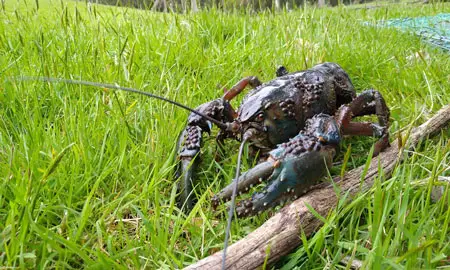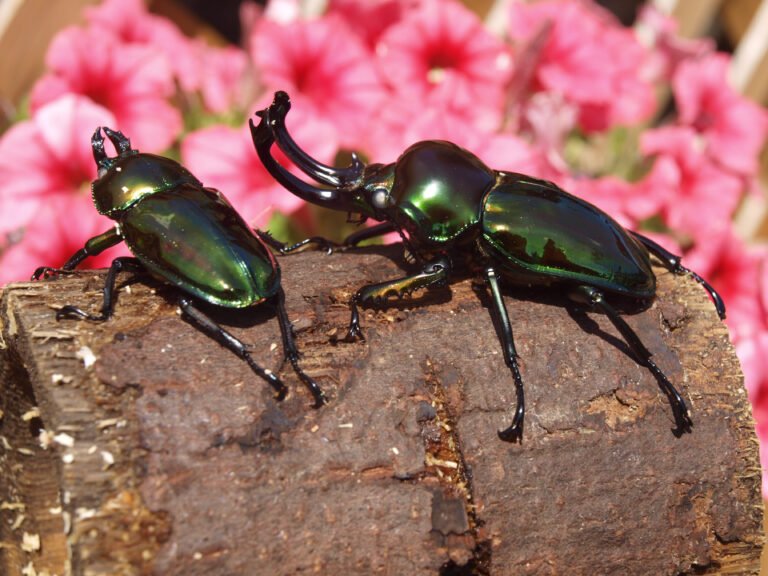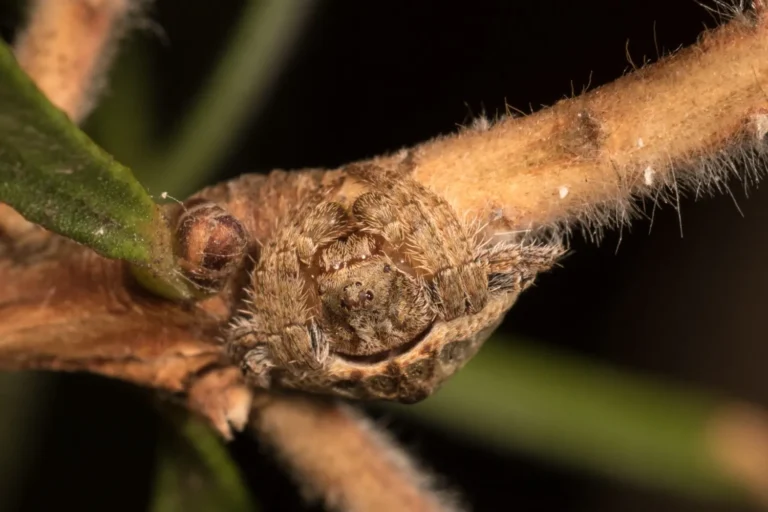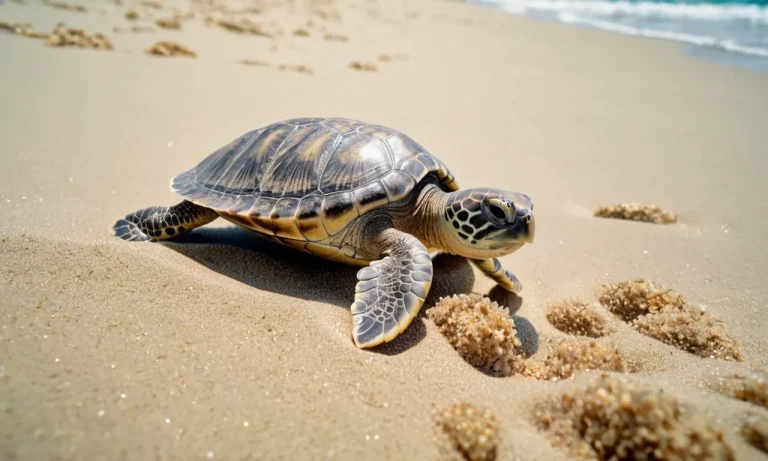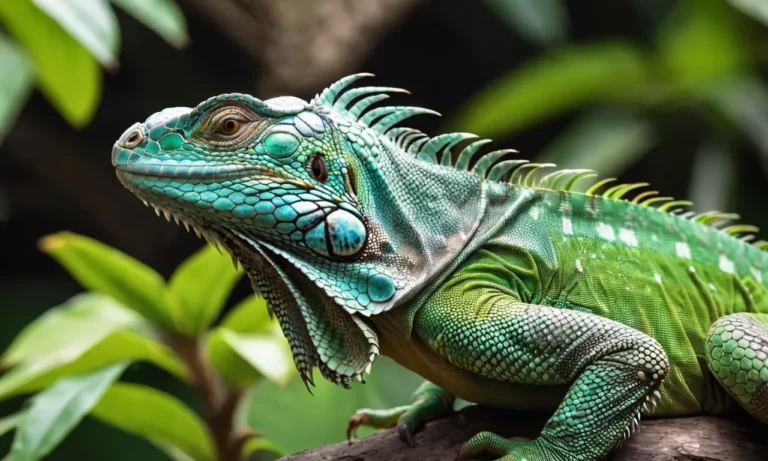Discovering the Tasmanian Giant Freshwater Crayfish: Nature’s Colossal Invertebrate
The Tasmanian giant freshwater crayfish, a remarkable species native to Tasmania, is renowned for its impressive size and unique ecological role. Sadly, this extraordinary creature is at risk of extinction. Here are some fascinating facts about the Tasmanian giant freshwater crayfish that highlight its significance and the challenges it faces.

1. The Largest Freshwater Invertebrate
Reaching lengths of up to 80 cm (about 31 inches) and weighing as much as 3 kg (approximately 6.6 lbs), the Tasmanian giant freshwater crayfish holds the title of the world’s largest freshwater invertebrate. Its massive claws and vibrant coloration make it a remarkable sight in its natural habitat.
2. Unique Habitat
These crayfish inhabit the pristine waters of Tasmania, particularly in the cool, clean rivers and streams. They prefer habitats with abundant cover, such as rocky crevices and submerged logs, which provide shelter and protection from predators.
3. Longevity and Growth
Tasmanian giant freshwater crayfish are known for their slow growth rates and long lifespans. They can live for several decades, with some individuals reaching over 40 years of age. This longevity makes them particularly vulnerable to environmental changes and habitat degradation.
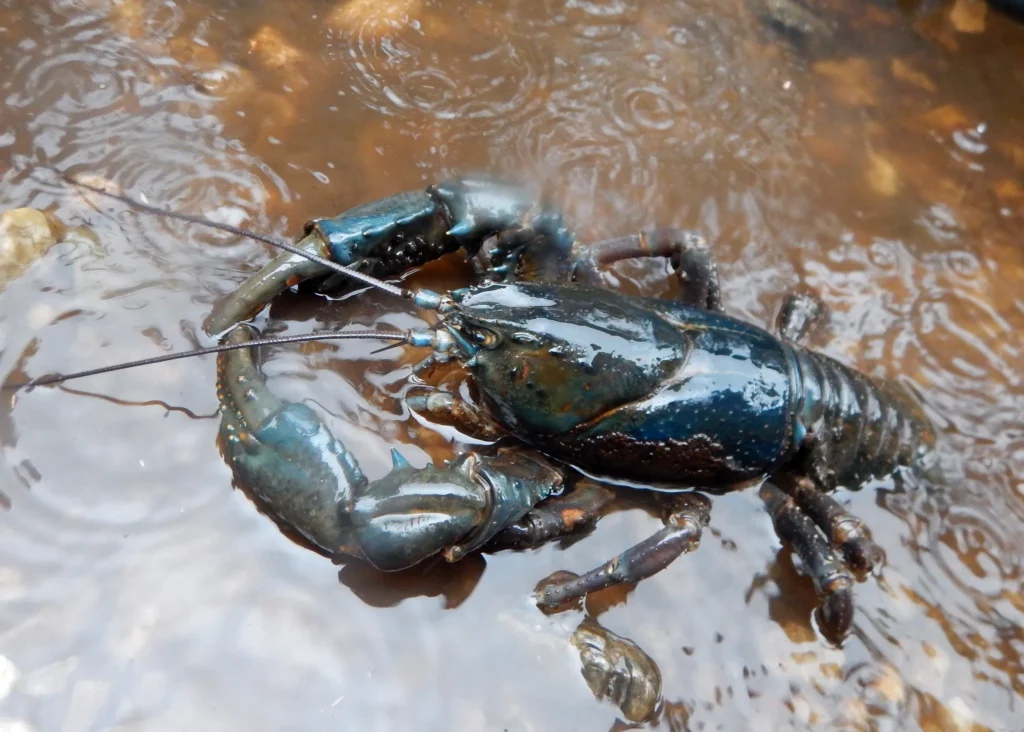
4. Diet and Feeding Habits
These crayfish are omnivorous and feed on a variety of organic matter, including leaves, algae, and small aquatic animals. Their role as scavengers helps maintain the ecological balance in their habitat, as they contribute to nutrient recycling within the ecosystem.
5. Conservation Status
The Tasmanian giant freshwater crayfish is currently classified as endangered due to habitat loss, pollution, and overfishing. Conservation efforts are underway to protect their populations and restore their natural habitats. Awareness campaigns aim to educate the public about the importance of preserving this unique species.
6. Cultural Significance
In addition to their ecological importance, Tasmanian giant freshwater crayfish hold cultural significance for local Indigenous communities. They are often featured in traditional stories and practices, highlighting their role in the cultural heritage of the region.
Conclusion
The Tasmanian giant freshwater crayfish is a fascinating and vital species facing significant threats. Understanding its biology, habitat, and the challenges it encounters is essential for fostering conservation efforts. By raising awareness and supporting initiatives to protect this incredible invertebrate, we can help ensure its survival for future generations.
